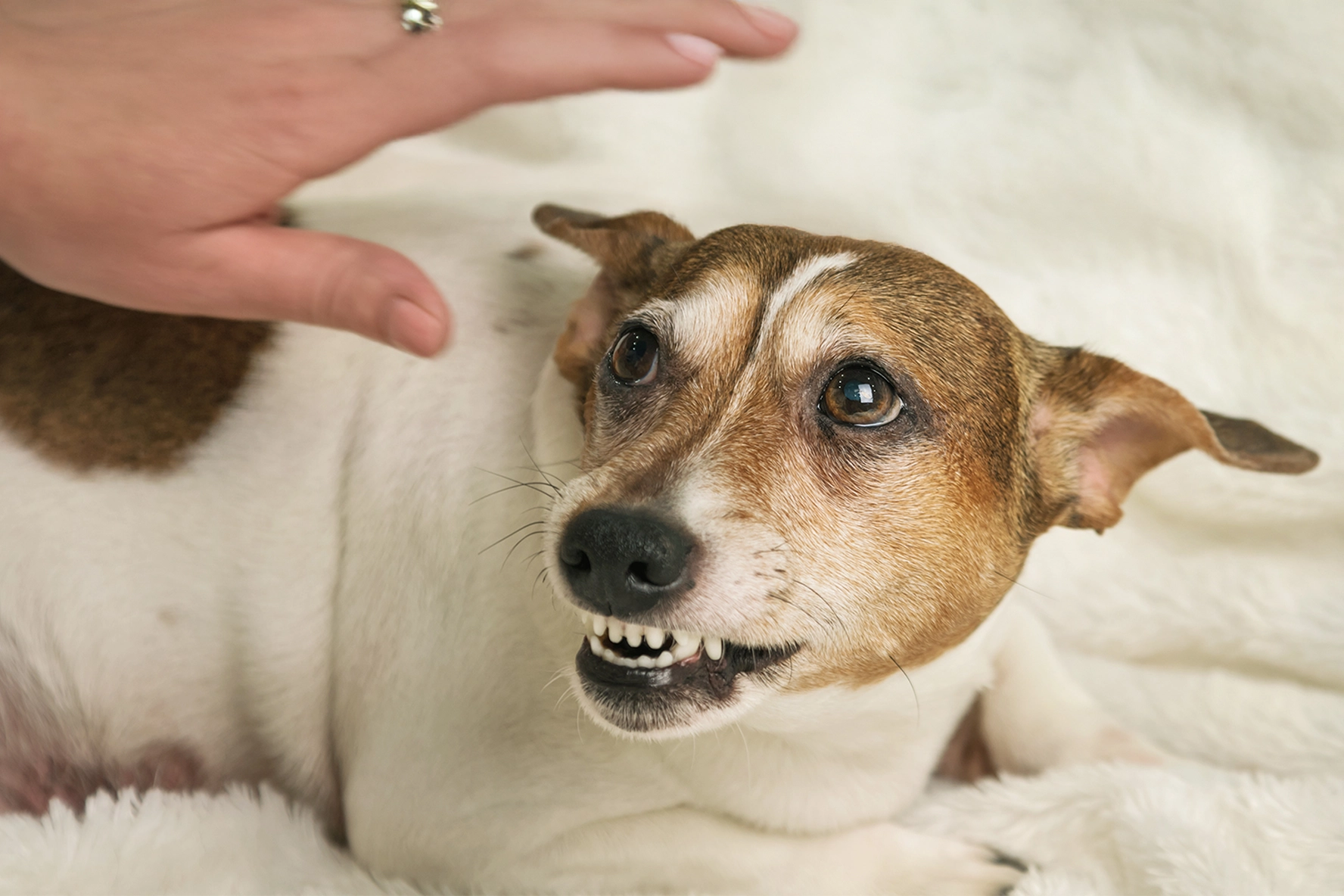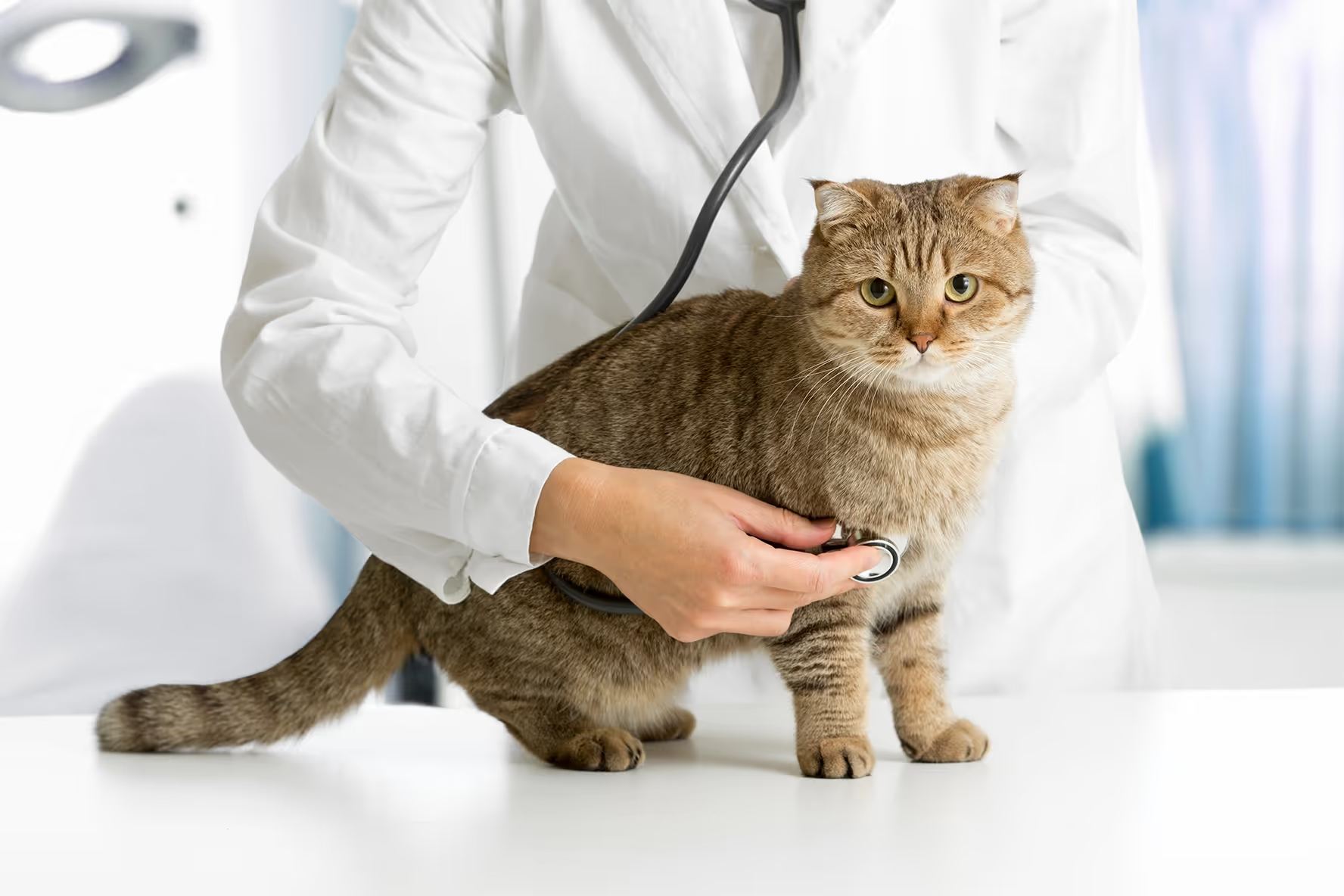
Finding a lump on your dog can be concerning, especially when it could be a mast cell tumor, a common form of cancer in dogs. While it's important to get your dog tested by a vet, knowing what to expect and how to care for them in the meantime can help ease anxiety.
While there are many different reasons that a lump may appear on your pet, one of the more common reasons is a mast cell tumor. Learning more about that diagnosis and what it might mean for your pet can give you some peace of mind, and better prepare you for your vet visit.
What is a Mast Cell Tumor?
A mast cell tumor (MCT) is a type of cancer that arises from a mast cell. Mast cells are a part of a dog’s immune system; they are a major player in an allergic response. Mast cells release several chemicals and compounds, one of which is histamine, which causes the general experience of allergic reactions—that’s why allergy medicine is often called an “antihistamine.”
Mast cell tumors arise when the mast cells divide uncontrollably. These tumors make up approximately 20% of all skin tumors in dogs, making them incredibly common. However, MCTs can be difficult to identify by a pet owner due to the fact that they have many different appearances and some forms have different symptoms as well. The best way to keep tabs on if your dog may be developing a mast cell tumor is to check them for lumps and bumps when you’re petting them.
Most dogs who develop a mast cell tumor will likely only develop the one, and between 60-70% of all dogs won’t have to worry about the tumor spreading. But just because a majority of the time there won’t be expected growth doesn’t mean that your vet won’t be concerned about your pet being in the rarer group. Few dogs who develop a mast cell tumor will see it spread to the lymph nodes, blood, spleen, liver, lungs, bone marrow, or other skin locations. For the cases that do, however, those dogs will need to undergo multi-modality therapy.
Symptoms of Mast Cell Tumors
Mast cell tumors are very common, but their appearance and symptoms are not always the same.
The most common location for mast cell tumors to arise is on the skin, and there are a few different ways that these tumors may appear visually. They may appear as a raised lump or bump on or slightly under the skin, and the bump may be red, ulcerated, or swollen. Unlike other external cancers that simply grow larger, mast cell tumors are known to fluctuate in size from day to day.
In addition to different tumor forms, secondary clinical signs of MCT may be present in about half of affected dogs. Mast cells also produce specific chemicals that the body requires, but when tumors grow within those mast cells, the chemicals are then released in incorrect amounts, which can lead to other side effects manifesting in your pet. Stomach ulcers may become a problem because of those chemicals being wrongly released which leads to vomiting, loss of appetite, lethargy, and black, tarry stools or blood in their stool. However, very rarely will the chemicals and compounds be released into the body at a rate that can cause a serious allergic reaction.
If the cancer has spread, swollen lymph nodes near the affected area of the tumor would be another clinical sign. This is usually an easily identifiable sign that the stage may be more advanced.
How are Mast Cell Tumors diagnosed?
The diagnostic evaluation of dogs suspected of having MCTs is done through cytopathological, histopathological, and immunohistochemical examination.
As with any external growth or visible swelling, the most common first test for identifying a mast cell tumor will be a fine-needle cytology performed and is often performed during initial consultation. A fine needle aspiration (FNA) is performed by using a small standard needle to pull a sample of cells from the affected area, after which those cells will be looked at under a microscope to identify the cell patterns, and at this point a diagnosis will be made. Some vets will be able to identify and diagnose confidently in the office with you, and others—while still able to identify the cell pattern—may also want to get the second opinion of an outside lab.
Depending on if there are immediate signs of staging, your vet may also perform additional tests to identify the staging of the tumor, and if the cancer has spread outside of the located area.
The most common first location for spread from a mast cell tumor would be in the nearest lymph node to the affected area, because both interact with the immune system. If there are any swollen lymph nodes near the mast cell area, your vet may also take an FNA of that node to verify if there is or is not any spread. This can help to develop a treatment plan and a prognosis.
There may also be tests done on your pet’s blood and urine to test for organ function. They may perform an abdominal ultrasound to look for any evidence of tumor spread to the dog’s organs. These tests can help to more confidently stage your pet’s mast cell tumor. For lower stage mast cell tumors, treatment can be quicker and easier, but it’s always better to be safe and check for every possible sign of higher staging before starting treatment for a lower stage.
Treatments for MCT
Treatments for mast cell tumors are dependent on the location and stage of the tumor. For stage I, a simple treatment may be completely effective, but for stages II and III there may be more required.
Surgery
Surgery is one of the most common first steps for treatment when the tumor is at a low stage and is able to be reached safely for the process.
For surgery alone to be an effective treatment for a mast cell tumor, the tumor needs to be at stage I, with no signs of spreading, and be surrounded by healthy tissue. The surgery will remove some of the healthy tissue along with the cancerous tissue to make sure that there are no leftover cancerous cells in the area that could spread to other parts of the body.
Many vets after performing the removal surgery will perform another, more detailed biopsy on the tumor tissue to be fully confident in their initial staging, or to know what additional treatment may be needed if their staging wasn’t spot on.
Surgery can also be a beneficial first step for stages II and III, though it will not be able to remove the threat entirely.
Radiation
Radiation can be a great alternative or addition to surgery. For some cases, the location of the tumor will not meet the necessary parameters for a safe, effective surgical removal. Radiation can be a good substitute in those cases.
Radiation is a localized treatment that uses small doses of x-rays to directly target the affected cells. While this treatment can seem slightly more invasive than surgery, it may actually have a smaller impact on your dog’s day-to-day activities than surgery would.
Radiation usually takes several treatments over a longer span of time, but it is worth noting that while surgery is completed often in one trip to the vet, the recovery from surgery may be a more noticable change for your pet’s sense of normal than radiaiton would be. Radiation doesn’t take as much of a toll on a dog’s body as it would on a human’s, and their quality of life through treatment would not lower as significantly.
Chemotherapy
Chemotherapy, with or without other forms of treatment, is only necessary for mast cell tumors at the more advanced stages, where the cancer has already spread, or is at high risk for spreading, to other areas of the body.
Most chemotherapy treatments for mast cell tumors will involve a multi-agent approach with several different chemotherapy drugs working together to kill the cancer cells.
Because mast cells are a part of the immune system, they are naturally designed to be able to adapt and remain effective against many different threats to the body. This is beneficial when your pet is fighting off infections, but can be detrimental to treatment when the cells turn cancerous. Using multiple different drugs that work in different ways to impact the cancer cells forces the cells not to have enough time to adapt to and overcome the medicine.
Chemotherapy may be a necessary treatment for the advanced stages of mast cell tumors, but that doesn’t mean it’s going to be a more difficult treatment for your pet physically. Dogs are luckily not very likely to have severe side effects to chemotherapy treatments, which makes having to go through them a bit easier. Quality of life may drop slightly from where it would be if they were totally healthy, but it usually won’t lead to more extreme side effects.
What to expect after treatment? Mast cell tumor prognosis
As with any cancer, the earlier the disease is found, diagnosed, and treated the better off the patient will be in the long run. Thankfully, for a majority of patients who do not experience an expansive spread of the cancer, many of the treatment options for dogs with mast cell tumors have a positive prognosis.
Stage I
In the early stage, localized tumors are treated by either fully removing the cancerous cells through surgery, or partially removing with surgery and combining with a radiation treatment. A majority of stage I cases are cured.
Stage II
For more advanced stage tumors that may have spread to local lymphoma nodes, after treatment through surgery, radiation and/or chemotherapy, survival times can be expected anywhere from 5 years or longer.
Stage III
For higher stage tumors that have spread to many sites on the body, treatment may not be as effective long term. Treatment often includes chemotherapy, radiation, and surgery, but most vets are not optimistic to say that survival time will last longer than a few months.
ImpriMed is a precision medicine company working to develop more efficient treatment protocols for every individual patient with canine lymphoma. Contact us here.
References:
- https://vcahospitals.com/know-your-pet/mast-cell-tumors-in-dogs
- https://bluepearlvet.com/medical-articles-for-pet-owners/canine-mast-cell-tumors/
- https://petcureoncology.com/mast-cell-tumors-in-dogs/
- https://cvm.msu.edu/vdl/client-education/guides-for-pet-owners/canine-mast-cell-tumors
- https://www.acvs.org/small-animal/mast-cell-tumors
- Cells. 2022 Feb 10;11(4):618.


